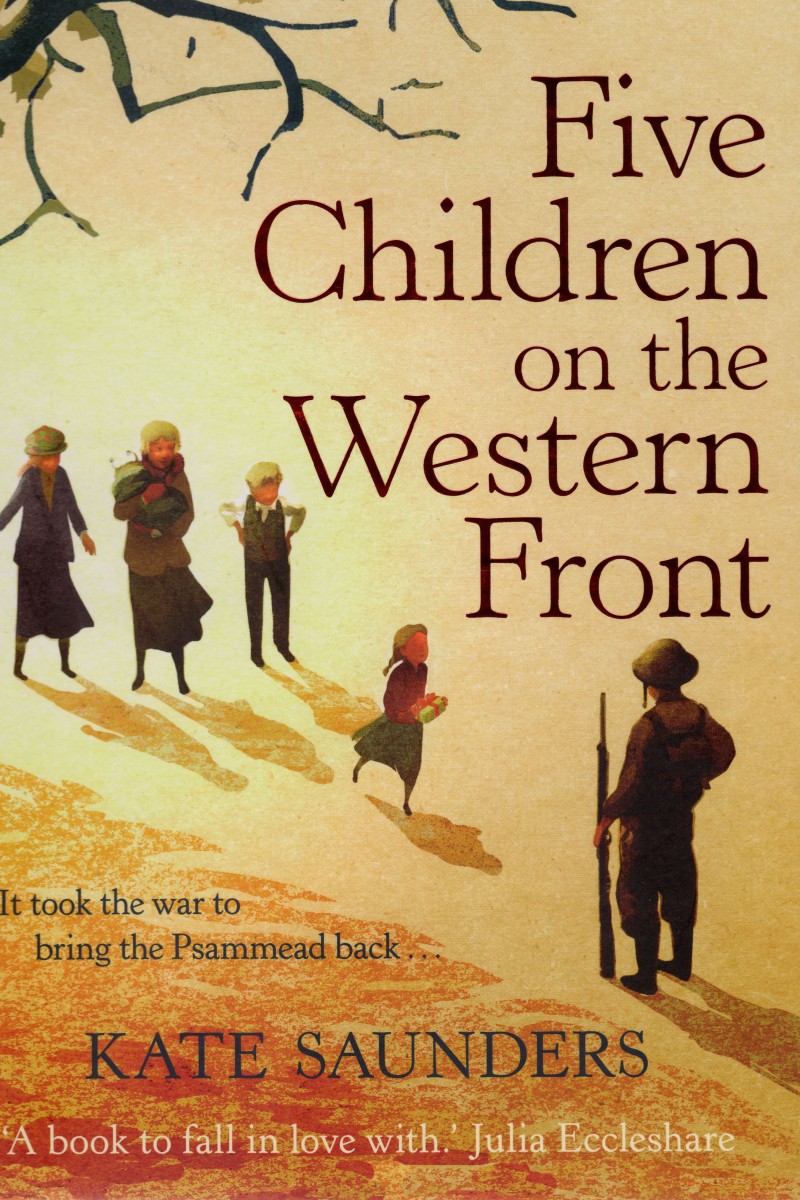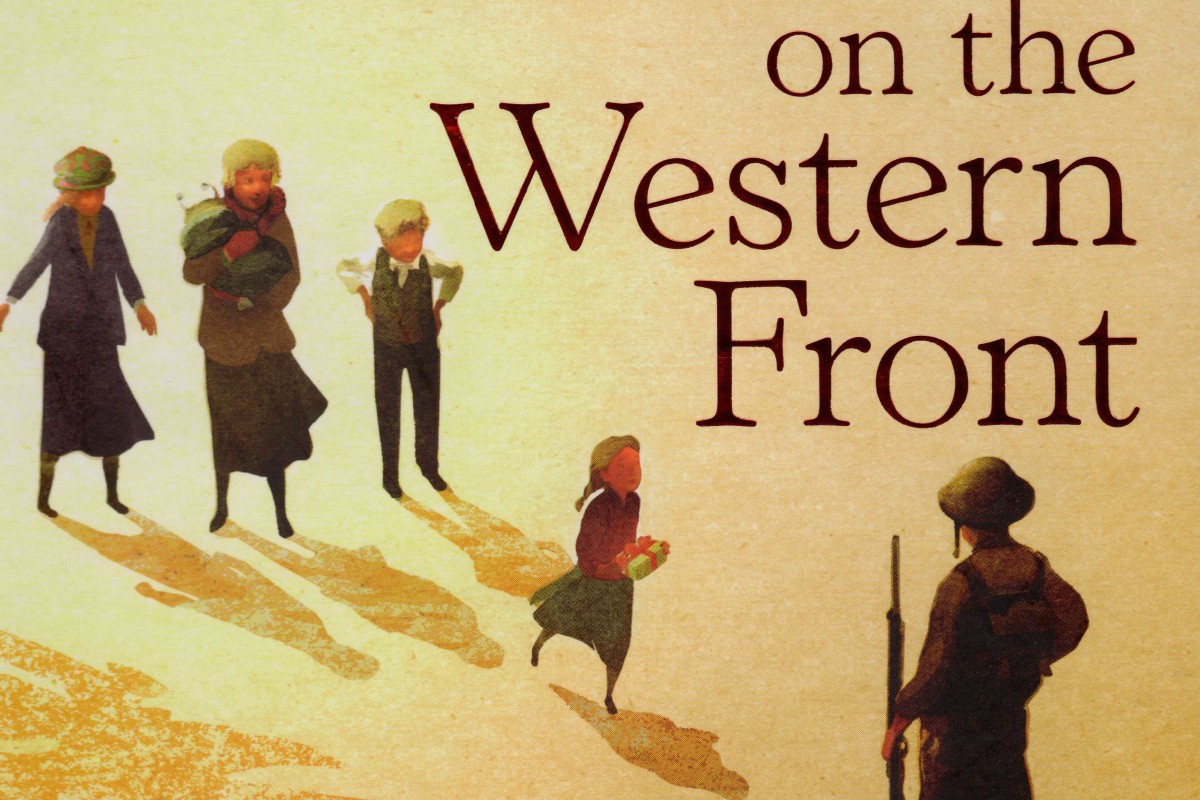
Five Children on the Western Front finds magical friend in the darkest chapter of history [Review]

Five Children on the Western Front
By Kate Saunders
Published by Faber and Faber
ISBN 978 0 571 31095 1
English writer Edith Nesbit published Five Children and It in the early 1900s, and the book quickly established itself as a classic of children’s literature. It has been adapted for the cinema and television, and the novel itself hasn’t been out of print since its initial publication. It is still loved by children and adults, and any modern author is taking on a great risk if they think they can add anything to the original.
Contemporary writers have published sequels and prequels to classic titles such as Treasure Island and Peter Pan, but mostly with less than spectacular results. So Kate Saunders was certainly putting her reputation at stake when she announced she was writing a sequel to Five Children and It.
The “It” in Nesbit’s story is a Psammead (pronounced “Sammy-ad”), an ancient sand-fairy who has magical abilities. The Psammead is described as having “eyes on long horns like a snail’s eyes, ears like a bat’s ears, and its tubby body was shaped like a spider’s and covered with soft fur; its legs were furry too, and it had hands and feet like a monkey’s and whiskers like a rat”. All in all, a pretty cool little creature.
In the original, the five children of the title discover the Psammead living in a sandpit, and he brings magic into their young lives. Saunders could have continued this childhood fantasy feel, but she was determined that the book would not be more of the same.
The Western Front is set 10 years after It. Saunders calculated that, a decade on, Nesbit’s young protagonists would be the right age to be engulfed in the first world war. In 1914, the two elder brothers, Cyril and Robert are old enough to fight in the trenches of northern France.
The good news is that even with this bold concept at its centre, Saunders’ sequel works brilliantly. She has taken the original, treated it with great respect and moved it on in a dramatic direction.
When the Psammead suddenly reappears, things are very different to what they were before. Thankfully, this new story and the author’s sharp writing all add up to a novel that holds its own and more when compared to the original.
Witty, definitely sad, action-packed and a superior read, Kate Saunders’ novel works as a stand-alone read, but anyone who hasn’t read Five Children and It, will want to do so after enjoying this new adventure. Two books of the highest order: what more could any reader want?
John Millen can be contacted at [email protected]